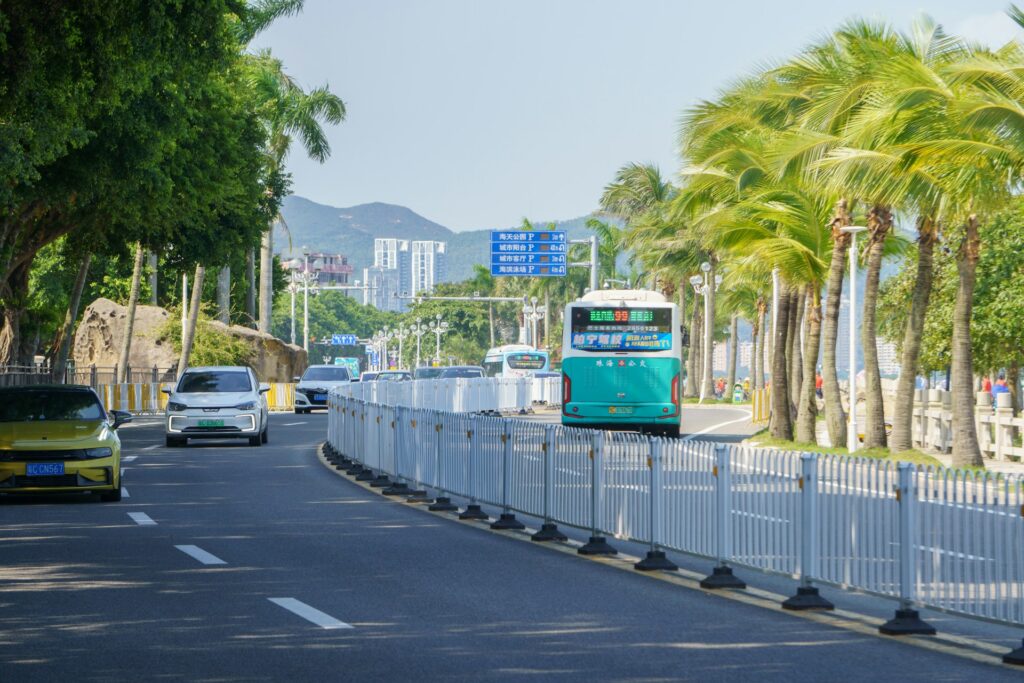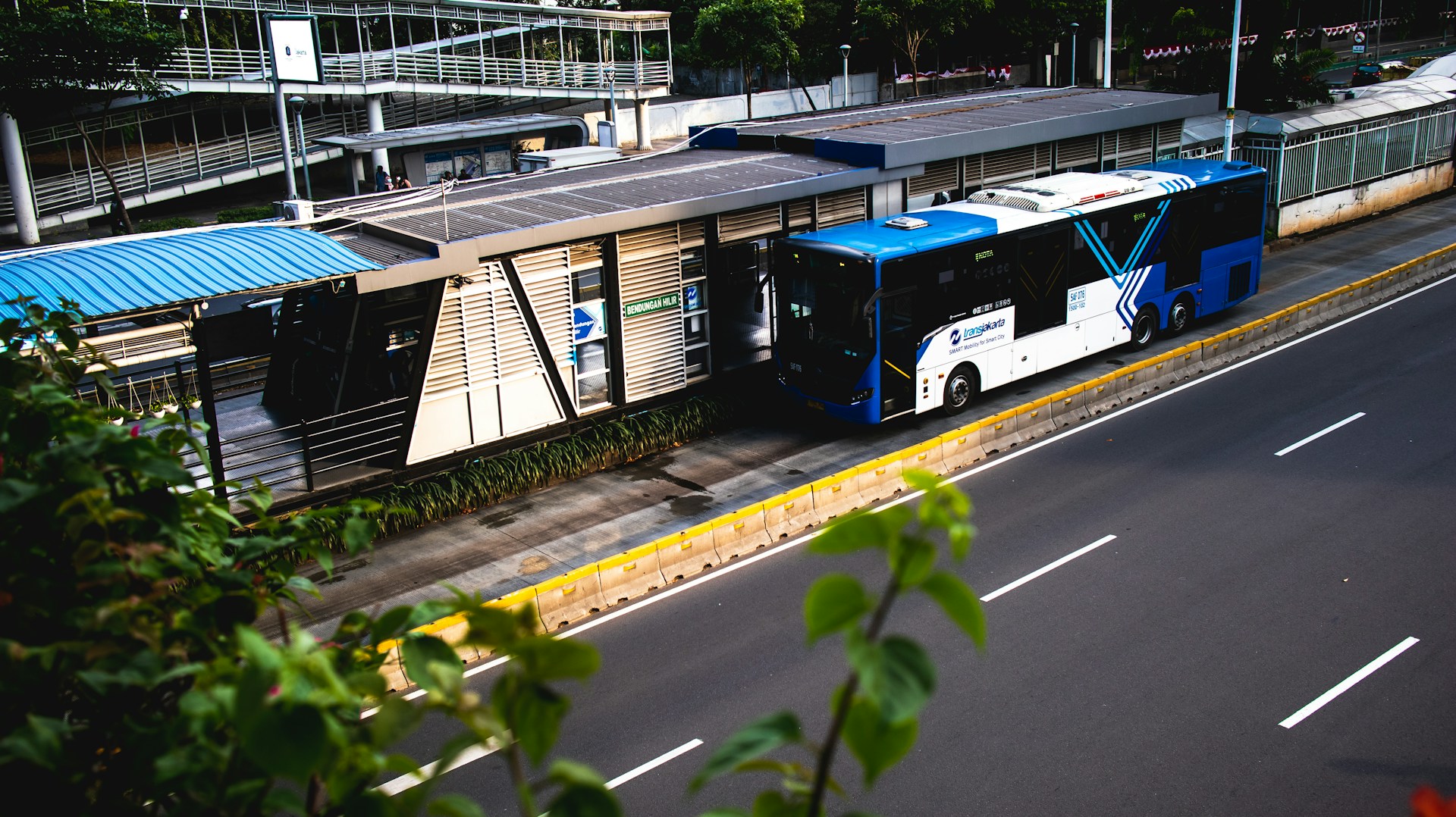The Impact of Transportation Infrastructure on Housing Costs
The construction of transportation infrastructure determines how urban territories develop and modifies real estate prices throughout residential sectors.
Transportation networks that link residents with work locations along with education centers and services can boost neighborhood value and drive up prices in the housing market.
This blog examines how transportation infrastructure impacts property values by surrogating essential elements based on proven patterns in price developments.
The Connection between Accessibility and Housing Demand
Housing demand strongly depends on how accessible residents are to transportation networks.
A location’s attractiveness for residents increases through accessibility to swift public transit systems in combination with highways and major roads.
Areas benefiting from robust connectivity can reduce both transportation costs and time thus driving residential demand in such regions.
Real estate located near transit stations specifically nearby metro stations and bus rapid transit corridors experiences elevated pricing potential.
Real estate properties in areas with inadequate connectivity report difficulties in both seller and rental market performance because buyers and renters avoid such neighborhoods.
Accessibility to transportation hubs transforms adjacent property values which developers exploit through premium pricing strategies.
How Public Transit Investment Affects Property Values
Modernization of public transportation infrastructure frequently generates substantial transformations in neighborhood property values.
New government transit announcements about planned infrastructure projects push up neighborhood real estate prices even though construction has not started.
Cities throughout the world demonstrate this pattern known as “transit-induced gentrification.”
Light rail systems and high-speed train stations frequently result in neighborhood transformation which drives them to become attractive residential areas.
Real estate value increases because of the boosted accessibility but such growth causes housing difficulty, particularly for those earning less than the middle class.
Case Study: The London Cross rail Scheme
The Elizabeth Line, officially known as the Cross rail scheme displays how transportation infrastructure progress shapes housing property prices.
Amended connectivity through the cross rail line resulted in significant property value development along its entire route. The reimbursements of commercial growth from this scheme came at a cost because areas confronted risks of population movement.

Transportation Charges and Their Part in Housing Affordability
The total expenditure of commuting procedures an essential part of what controls home prices that endure affordable.
The “location affordability” model assesses living costs by analyzing both housing prices and commuting expenses.
Areas with excellent public transportation often have higher property values, with buyers offsetting the cost through reduced transportation expenses
Suburbs offering less expensive housing rates create higher transportation expenses because residents must count on cars as their primary means of transportation.
The weighted combination between housing costs and transportation expenses determines which neighborhood a family selects for residency.
TOD policies attempt to achieve the optimal balance between housing prices and transportation benefits by implementing mixture-use development around transit stations.
The Role of Walkability
The design of safe walkable spaces that follows planning principles has a direct impact on home prices. Higher housing prices tend to surface in walker-friendly communities where grocery stores along with elementary institutions and green spaces position themselves within accessible walking ranges.
Equity Challenges in Transportation and Housing
The installation of transportation infrastructure generates neighborhood value boosts but simultaneously presents fair distribution problems.
Households under economic stress regularly need to relocate because transportation projects result in higher housing prices that push them out from their current homes.
The term “transit-oriented displacement” explains the importance of creating equal planning principles.
These effects become more manageable through the implementation of inclusionary zoning and affordable housing mandates and rent control regulations.
The actual involvement of communities during planning stages delivers better equitable distribution of benefits from infrastructure development.
The Example of Curitiba, Brazil
A carefully designed bus rapid transit network operated by Curitiba proves that proper transit infrastructure delivers benefits across social classes.
The city’s integration of affordable housing strategies with transit projects achieves dual success by preserving neighborhoods while enabling equal access to opportunities.
Future Trends: Smart Transportation and Housing Markets
Technology progress transforms how transportation systems affect the relationship that exists between infrastructure and homes.
New technology systems like self-driving vehicles plus shared ride services along with smaller mobility options have diminished the demand for close proximity to classic transit stations.
Future housing markets will likely progress toward decentralization through technological barriers which supersede geographic boundaries.
The recent transformation brings about new difficulties while creating different consecutive situations.
Public authorities need to transform their approaches to mobility systems and protect housing affordability throughout every section of the community.
Sustainable urban development needs a united approach between smart city modernization and affordable housing programs.
Embracing Sustainable Practices
Sustainable transportation infrastructure elements including bike lanes and electric vehicle charging stations now reflect emerging market demands in residential property.
As overall environmental awareness increases eco-friendly neighborhoods with sustainable homes become more wanted.
The interconnection of sustainable methods and affordable housing with transportation systems emerges as a major market trend.
Conclusion
Transportation infrastructure building costs strongly determine real estate prices because it controls urban development patterns while influencing price accessibility.
Transportation solutions advance accessibility and support economic progress but struggle with identified equity-related challenges and displacement factors.
Community leaders along with policymakers together with urban planners should work jointly to guarantee fair distribution of transportation investments benefits.
The resolution of these concerns enables cities to develop neighborhoods where everyone experiences accessibility and sustainability alongside equality.
Also read: Urban Neighborhoods: Revitalization vs. Gentrification

